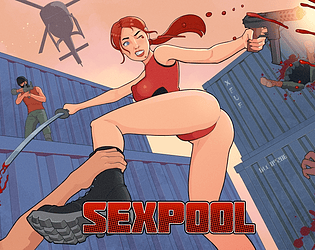The Evolution of Kirby's Image: From "Angry Kirby" to Global Consistency
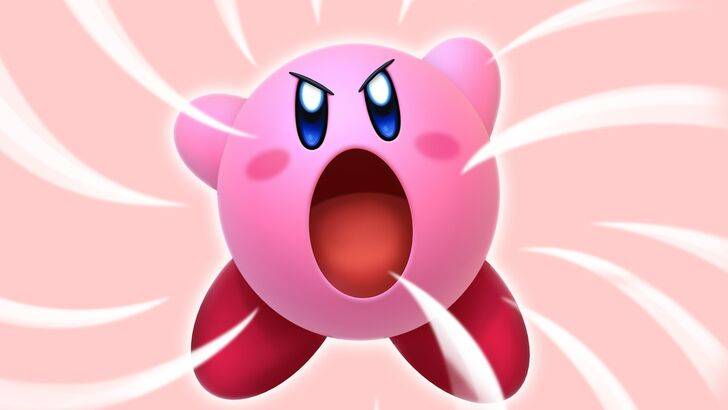
This article explores the fascinating evolution of Kirby's marketing and localization, revealing why his image differed significantly between Japanese and Western releases. Former Nintendo employees shed light on the strategic decisions behind the changes, and the shift towards a more globally consistent approach.
The "Angry Kirby" Phenomenon
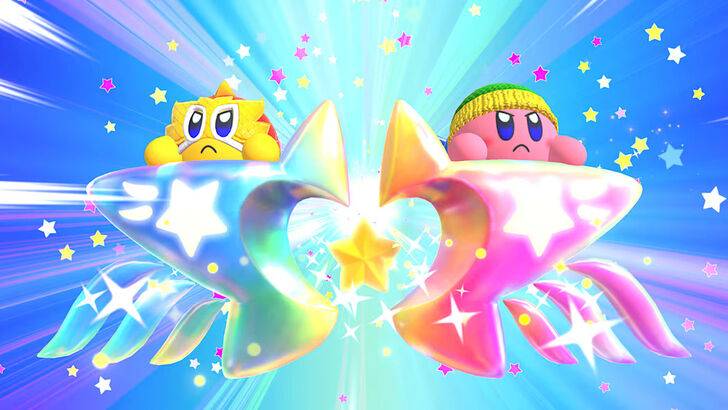
Kirby's Western portrayal, often dubbed "Angry Kirby," featured a more determined, even fierce, expression on game covers and promotional materials. Leslie Swan, former Nintendo Localization Director, clarifies that the intention wasn't to depict anger, but rather to convey a sense of resolve. While cute characters resonate universally in Japan, Swan explains that a tougher persona appealed more to the tween and teen boy demographic in the U.S. Shinya Kumazaki, director of Kirby: Triple Deluxe, corroborates this, noting that while cute Kirby draws broad appeal in Japan, a more battle-hardened image resonates more in the West – although this varied by title.
Marketing Kirby: Beyond "Kiddie" Games
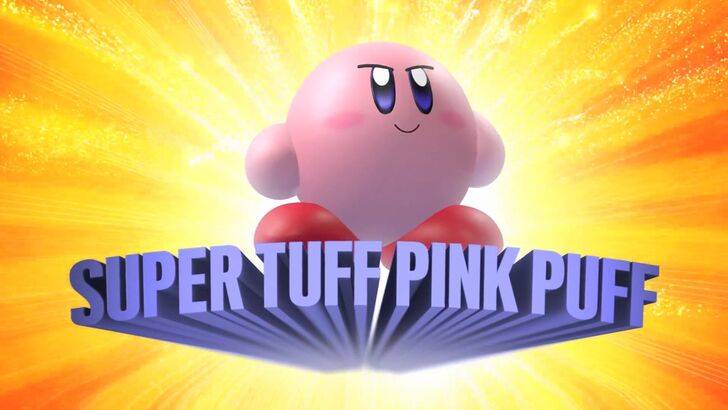
Nintendo's marketing strategy aimed to broaden Kirby's appeal, particularly among boys. The "Super Tuff Pink Puff" tagline for Kirby Super Star Ultra (2008) exemplifies this. Krysta Yang, former Nintendo of America Public Relations Manager, highlights Nintendo's desire to move beyond the "kiddie" label, acknowledging the prevailing perception that such a label hindered sales. The focus shifted towards showcasing Kirby's combat abilities, aiming to attract a wider age range. While recent marketing emphasizes gameplay and abilities, Kirby's inherent cuteness remains a significant draw in Japan.
Regional Variations in Localization
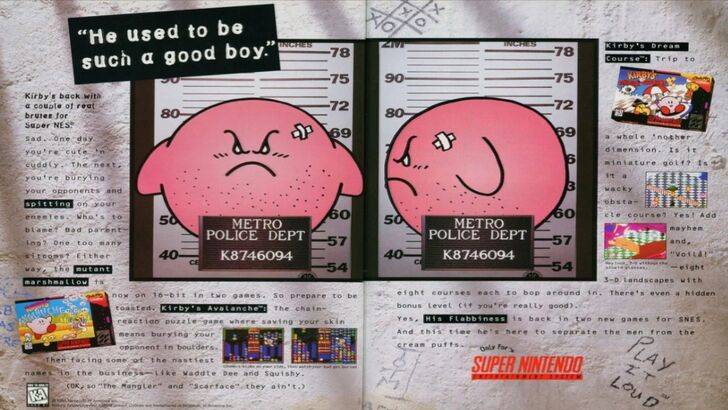
The divergence in Kirby's localization began early. The infamous 1995 "Play It Loud" mugshot advertisement and subsequent variations in box art, featuring sharper eyebrows and more intense expressions in titles like Kirby: Nightmare in Dream Land (2002), Kirby Air Ride (2003), and Kirby: Squeak Squad (2006), illustrate this. Even the color palette differed; Kirby's Dream Land's (1992) U.S. release featured a ghostly-white Kirby, a consequence of the Game Boy's monochrome screen, contrasting with his pink hue in the original Japanese version. This early decision highlighted the challenge of marketing a "puffy pink character" to a Western audience seeking a "cool" factor.
A More Global Approach
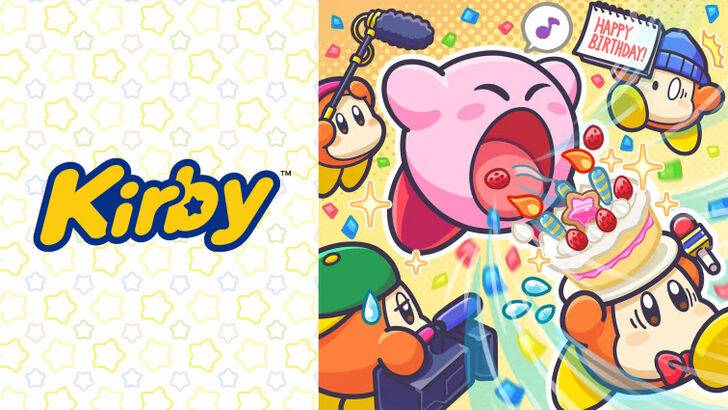
Both Swan and Yang agree that Nintendo's approach has evolved towards greater global consistency. Closer collaboration between Nintendo of America and its Japanese counterpart has led to more unified marketing and localization strategies. The company is actively moving away from regional variations in artwork and avoiding past missteps like the 1995 advertisement. While this global approach ensures brand consistency, Yang acknowledges the potential drawback of overly generic, risk-averse marketing. The increased awareness of Japanese culture in the West also plays a role in this shift, as Western audiences are more familiar with Japanese aesthetics and sensibilities.



